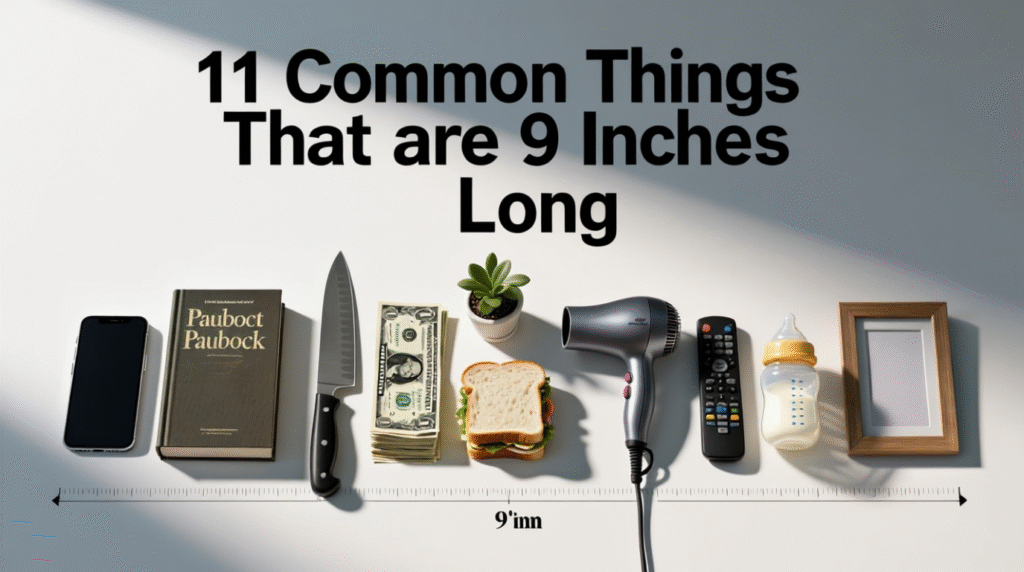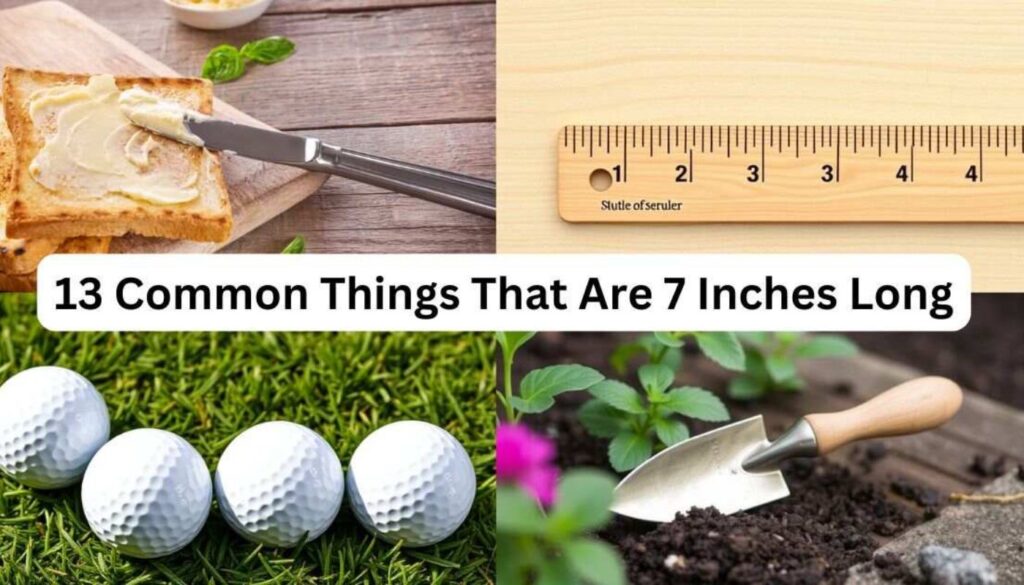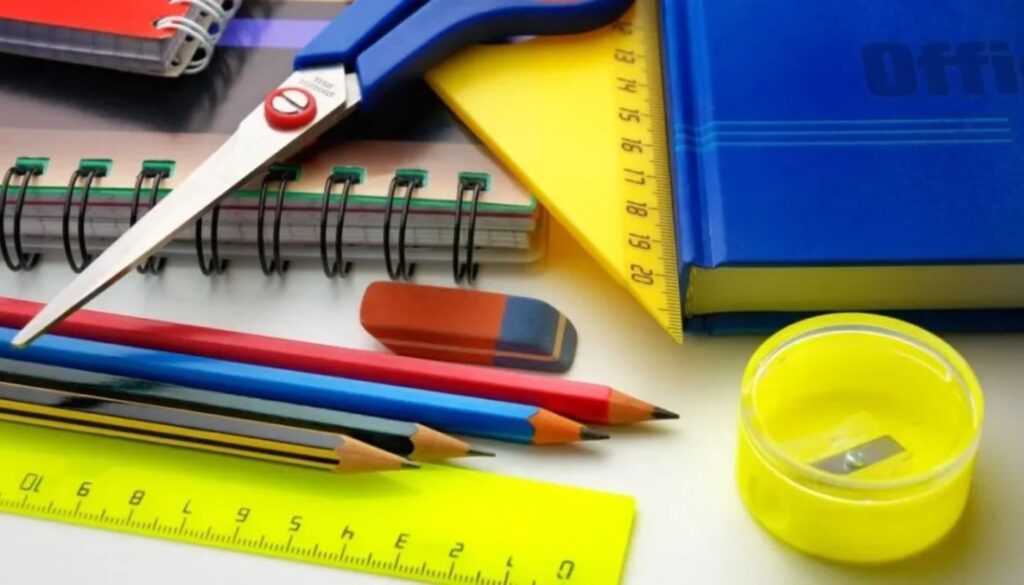You are shopping for a new tablet, assembling furniture, or trying to fit something into a specific space, and the item is listed as 9 inches long. Suddenly, you’re left wondering, “How big is that, exactly?” While we live in a world filled with measurements, most of us struggle to visualize dimensions without a reference point. The measurement 9 inches long actually appears more often in our daily lives than we realize from the devices we use and the food we eat to the tools we handle. Knowing what this size really looks like can help you make smarter, quicker decisions.
Understanding common 9-inch objects isn’t just about satisfying curiosity it’s about developing practical spatial awareness that can save you time, money, and frustration. Whether you’re estimating package sizes for shipping, checking if an item will fit in your bag, or making quick measurements during home improvement projects, having a mental library of 9-inch references becomes incredibly valuable.
How Long is 9 Inches?
Nine inches represents three-quarters of a foot, measuring exactly 22.86 centimeters in the metric system. To put this in perspective, it’s roughly the length of a dollar bill plus half its length again, or about the width of a standard piece of paper.
This measurement sits comfortably in that middle ground not quite small enough to hold easily in one hand, yet compact enough to fit in most bags, drawers, or storage spaces. Understanding this length helps bridge the gap between pocket-sized items and larger objects, making it an essential reference point for everyday spatial reasoning.
1. Standard Dinner Plates
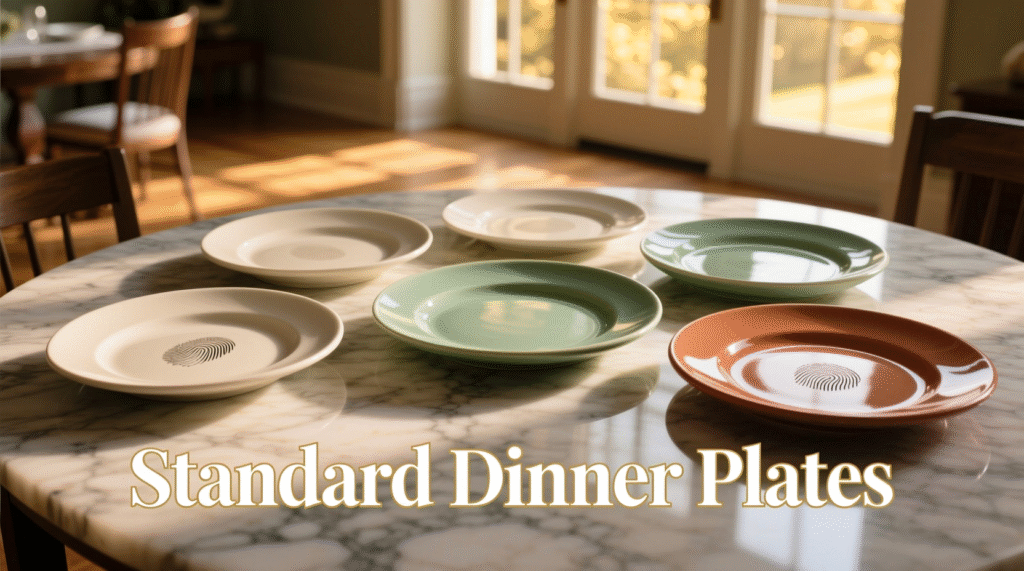
Most dinner plates in American households measure between 9 to 10 inches in diameter, with 9 inches being the traditional standard. This sizing isn’t arbitrary it evolved from centuries of dining customs and practical considerations. The 9-inch diameter provides optimal portion control while ensuring the plate fits comfortably on standard place settings and dining tables.
Restaurant chains often use this measurement as their baseline, though fine dining establishments might opt for larger plates to create more dramatic presentations. The standardization also ensures that plates stack efficiently in dishwashers and storage cabinets.
Culinary experts note that the 9-inch plate naturally encourages proper portion sizes, aligning with nutritional guidelines that suggest filling half the plate with vegetables, a quarter with protein, and a quarter with grains or starches.
2. iPad and Similar Tablets
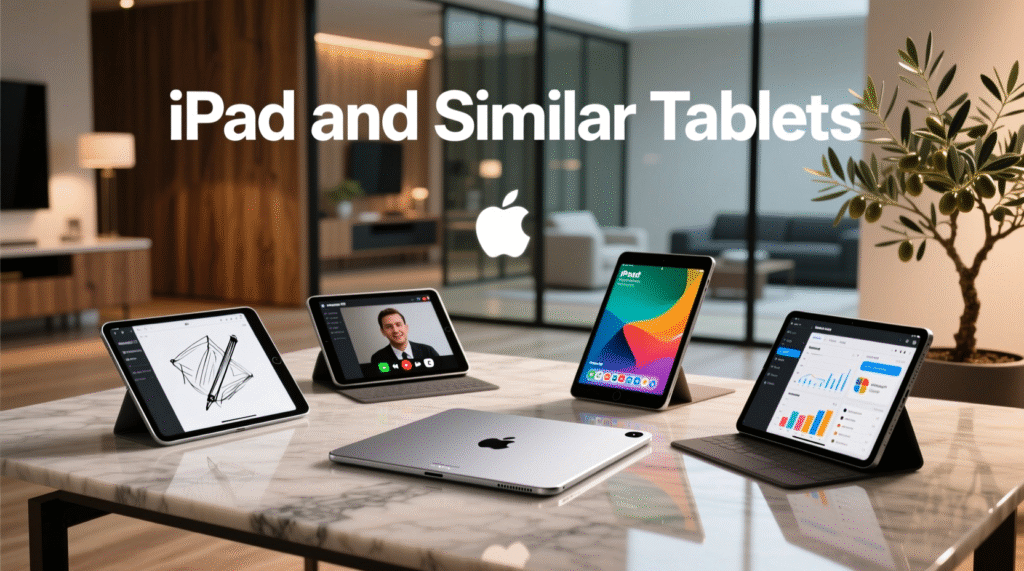
Apple’s standard iPad features a 9.7-inch screen measured diagonally, making it one of the most recognizable 9-inch objects in modern life. This screen size struck the perfect balance between portability and functionality when it debuted in 2010, revolutionizing how we interact with digital content.
The 9-inch measurement allows for comfortable reading, video viewing, and productivity tasks without becoming unwieldy. Many competing tablets adopted similar dimensions, recognizing the ergonomic sweet spot that Apple discovered.
Interestingly, the iPad’s dimensions were inspired by the desire to create a device that could display magazines and books at nearly full size, making the 9-inch measurement crucial for maintaining readable text and detailed graphics.
3. Vinyl Records (Singles)
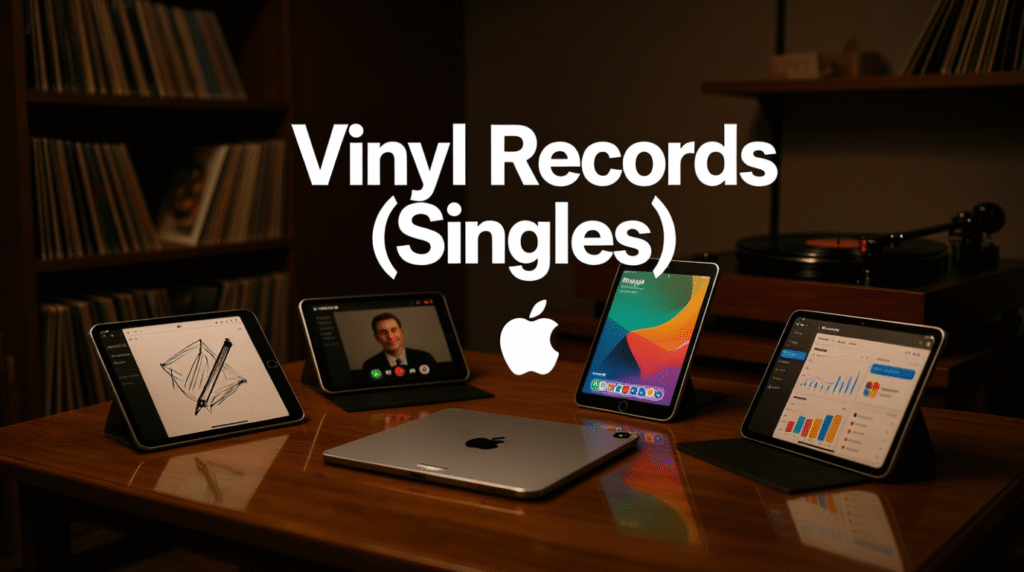
While most people associate vinyl records with the classic 12-inch LP, 7-inch singles dominated the music industry for decades. However, there’s a lesser-known format: the 9-inch record, which was occasionally used for extended plays (EPs) and special releases.
These 9-inch records provided more playing time than 7-inch singles while remaining more affordable to produce than full 12-inch albums. They typically played at 33⅓ RPM and could hold about 12-15 minutes of music per side.
Record collectors prize these 9-inch releases for their rarity and unique place in music history. Many independent artists in the 1980s and 1990s used this format to release extended singles or mini-albums, creating a cult following among vinyl enthusiasts.
4. Paper Plates (Large Size)
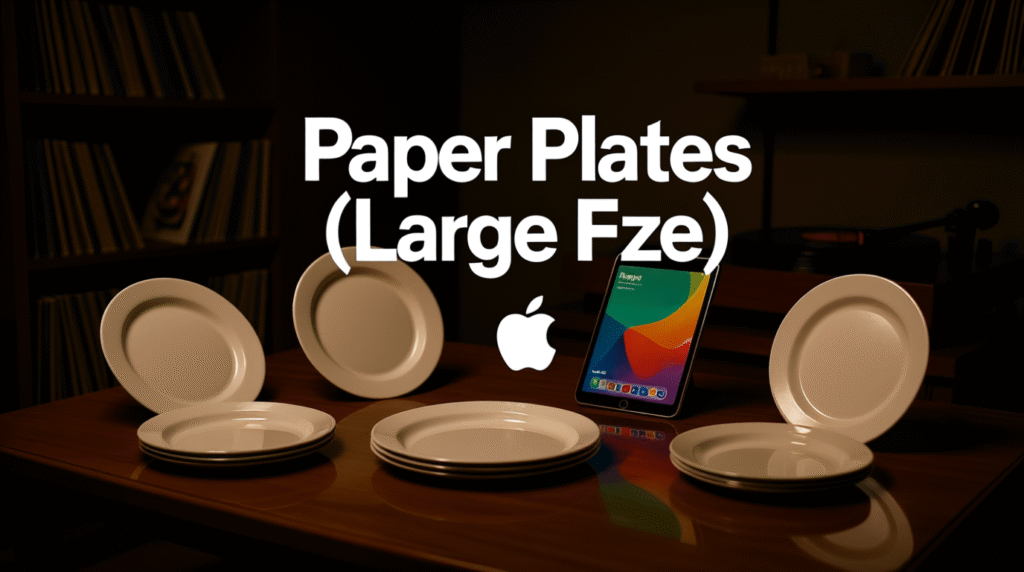
Commercial paper plates designated as “large” typically measure 9 inches across, making them ideal for outdoor events, parties, and casual dining. This size accommodates substantial meals while remaining cost-effective for disposable use.
The 9-inch paper plate strikes an important balance in the catering industry large enough to prevent food from falling off the edges, yet not so large that they become wasteful or difficult to hold comfortably. Event planners often prefer this size because it works well for both main courses and buffet-style serving.
Environmental considerations have led to innovations in 9-inch paper plate design, with many manufacturers now producing biodegradable versions made from bamboo, sugarcane pulp, or other sustainable materials that maintain the same practical dimensions.
5. Small Frying Pans 9 Inches Long
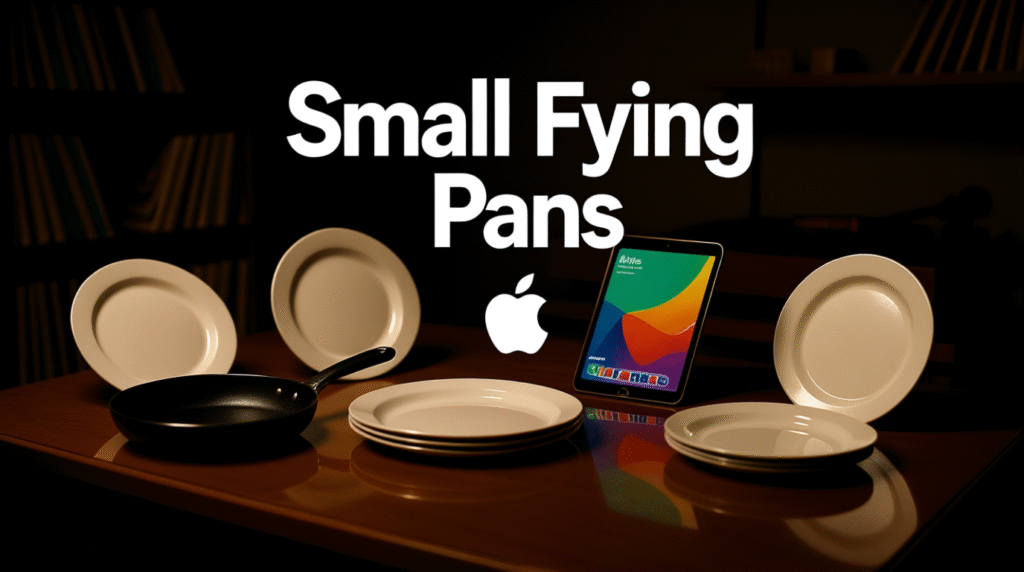
Personal-sized frying pans, perfect for cooking single servings or small portions, commonly measure 9 inches in diameter. These pans have gained popularity as household sizes shrink and cooking for one becomes more common.
The 9-inch frying pan is ideal for cooking two eggs, a single serving of vegetables, or a small piece of fish or chicken. Professional chefs often prefer this size for delicate tasks that require precise control, such as making individual omelets or searing small cuts of meat.
Cast iron manufacturers particularly favor the 9-inch size because it heats evenly while remaining light enough for easy handling. Many vintage cast iron pans from the early 1900s were made in this size, reflecting historical family sizes and cooking practices.
6. Laptop Screens (Netbooks)

During the netbook boom of the late 2000s, many ultra-portable computers featured 9-inch screens. These devices prioritized portability over screen real estate, creating a new category of computing device that could slip into almost any bag.
While larger laptops dominated the market for serious computing tasks, 9-inch netbooks found their niche among travelers, students, and anyone needing basic computing functionality on the go. The screen size was sufficient for web browsing, email, and light document editing.
Though netbooks largely disappeared with the rise of tablets and smartphones, the 9-inch measurement established an important precedent for ultra-portable computing, influencing the design of modern 2-in-1 devices and compact laptops.
7. Cake Pans (Round)
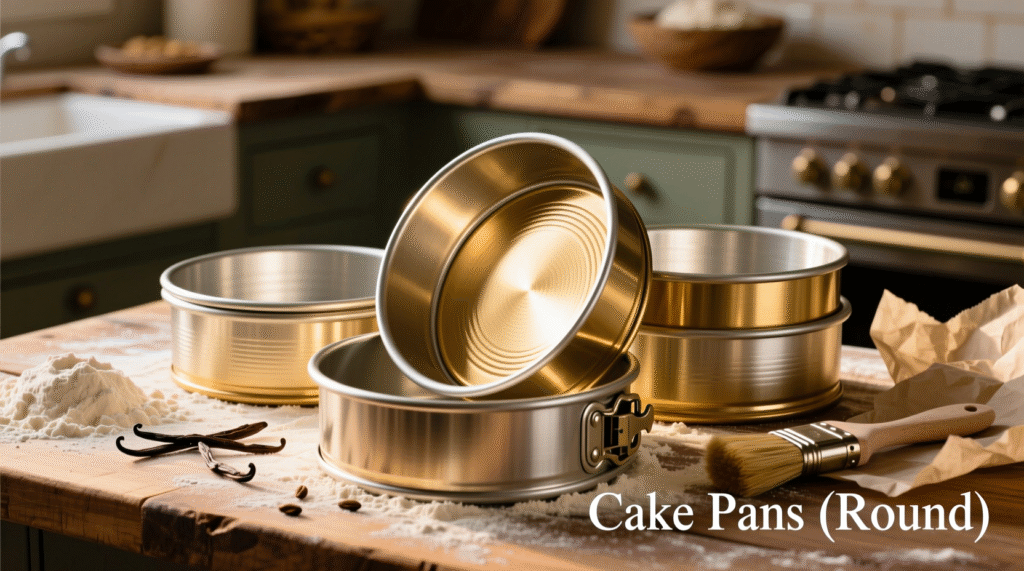
Standard 9-inch round cake pans are staples in both home and professional kitchens. This size perfectly accommodates most layer cake recipes, providing the ideal depth-to-diameter ratio for even baking and attractive presentation.
Baking science supports the 9-inch measurement: it allows cake batter to reach the proper depth (usually 1.5 to 2 inches) for consistent heat distribution. Too small, and the cake becomes too thick and may not bake evenly; too large, and the cake becomes thin and prone to drying out.
Professional bakers often use 9-inch pans as their standard because the resulting cakes serve 8-12 people comfortably perfect for most celebrations and gatherings. The measurement also ensures compatibility with standard cake boxes and display cases.
8. Flower Pots (Medium)
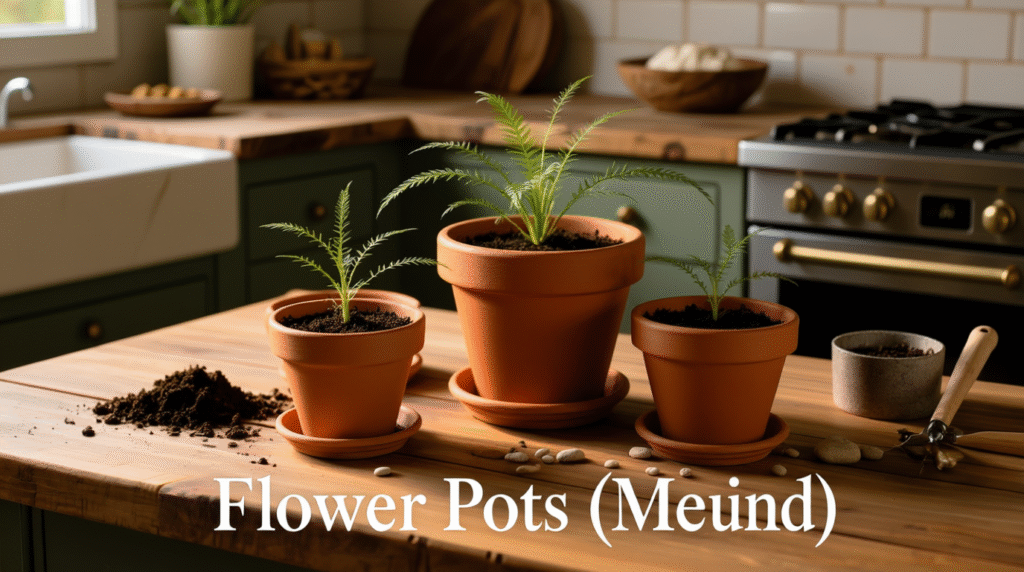
Garden centers typically classify 9-inch pots as “medium” size, suitable for a wide range of plants from small shrubs to medium-sized houseplants. This pot size provides enough soil volume for healthy root development while remaining manageable for indoor use.
The 9-inch measurement works particularly well for popular houseplants like snake plants, pothos, and medium-sized succulents. It provides adequate drainage space at the bottom while ensuring the pot isn’t so large that it overwhelms smaller living spaces.
Horticulturists note that 9-inch pots hold approximately 2.5 to 3 quarts of soil, providing the perfect growing medium volume for plants transitioning from smaller starter pots to their permanent homes.
9. Pizza that is 9 Inches Long (Personal Size)
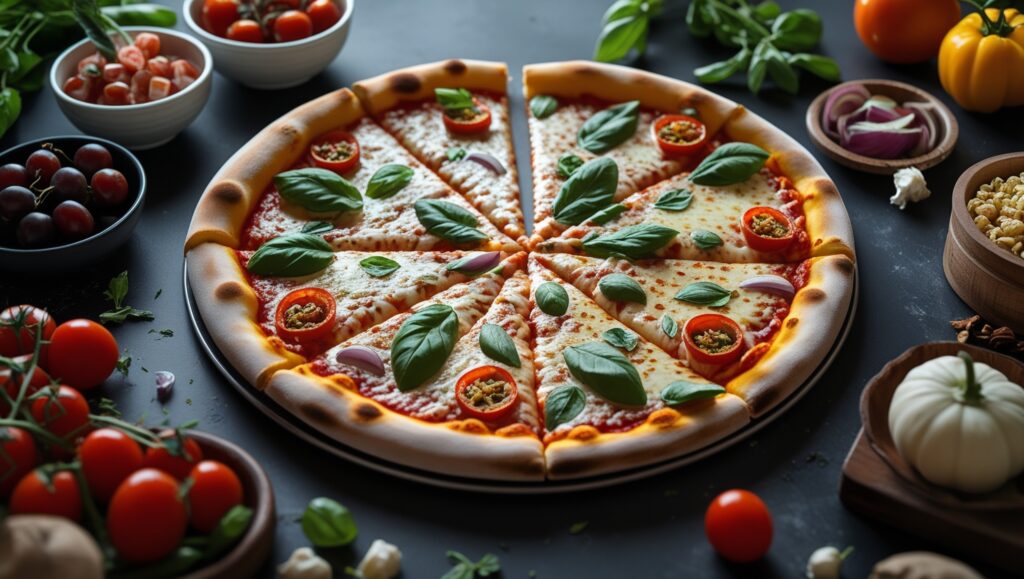
Many pizzerias offer 9-inch pizzas as their “personal” or “individual” size. This measurement provides a satisfying meal for one person while remaining economical for restaurants to prepare and price.
The 9-inch pizza typically contains 6 slices and offers approximately 64 square inches of surface area for toppings. This size has become increasingly popular as dining habits shift toward individual portions and customization.
Pizza industry standards recognize 9-inch as the optimal personal size because it can be eaten comfortably by one person in a single sitting while providing enough variety in each slice to make the meal interesting and satisfying.
10. Cutting Boards (Small)
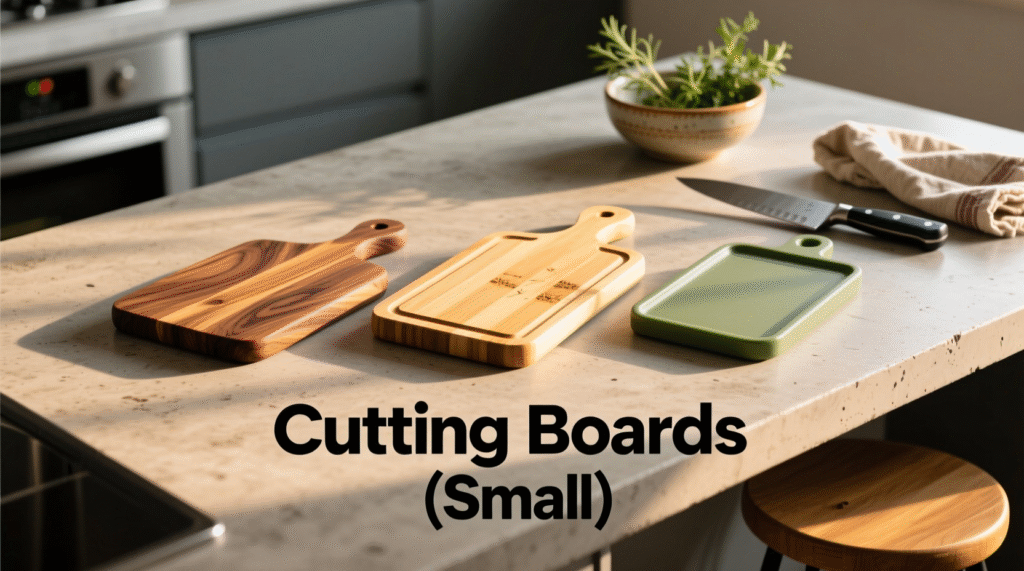
Compact 9-inch cutting boards serve as perfect prep tools for small kitchens, RVs, or quick tasks. While serious cooking often requires larger surfaces, these boards excel at simple jobs like slicing a few vegetables or preparing garnishes.
The portability of 9-inch cutting boards makes them favorites among food bloggers, campers, and anyone who needs to prepare food in limited spaces. They fit easily in most dishwashers and store conveniently in crowded kitchen cabinets.
Professional chefs often keep 9-inch boards as dedicated tools for specific tasks, such as cutting citrus fruits or preparing herbs, preventing cross-contamination while maintaining workspace efficiency.
11. Book Length (Hardcover)
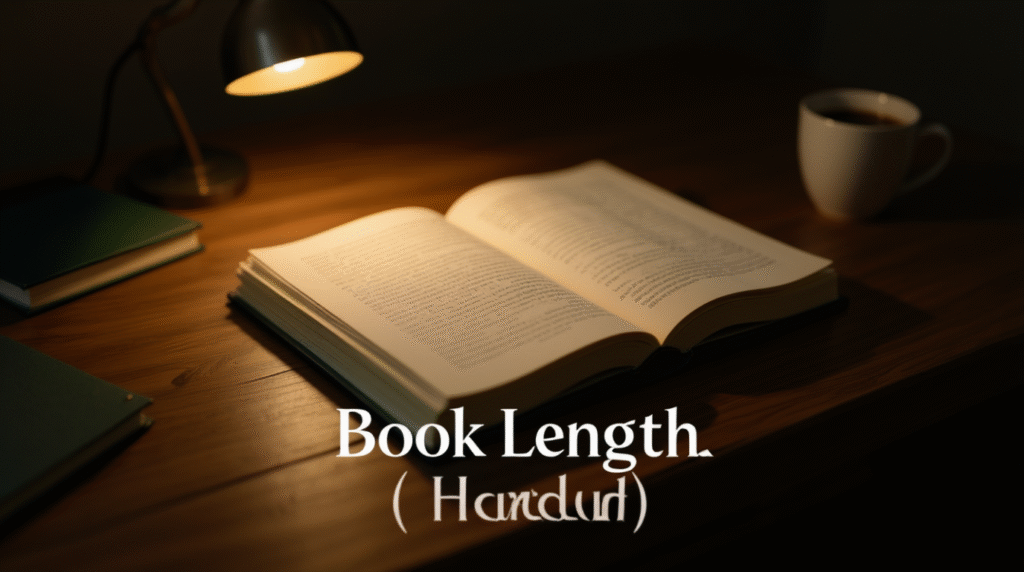
Many hardcover books, particularly novels and non-fiction titles, measure approximately 9 inches in height. This standard, known in publishing as “trade hardcover,” provides an optimal balance between readability and shelf efficiency.
Publishers choose this height because it accommodates comfortable font sizes while maximizing the number of books that can fit on standard bookshelf heights. The measurement also ensures books maintain proper proportions when displayed spine-out in bookstores.
Literary history shows that the 9-inch height emerged as a practical compromise between the oversized formats of early books and the need for portable, affordable reading materials that could be easily handled and stored.
Real World Applications & Practical Measurement Tips
Understanding 9-inch measurements becomes invaluable in countless daily situations. When shopping online, you can visualize whether that new gadget will fit on your desk by comparing it to your dinner plate. Moving into a new apartment? Knowing that your iPad is essentially 9 inches helps you estimate shelf space and storage needs.
For quick measurements without a ruler, use these reliable 9-inch references: a standard dinner plate, your tablet screen diagonal, or a personal pizza. These items are commonly available and provide accurate estimation tools for various projects.
Professional organizers recommend using the 9-inch measurement as a baseline for storage solutions. Drawers, bins, and compartments designed around this dimension tend to accommodate a wide variety of common household items efficiently.
Conclusion
Recognizing 9-inch objects transforms abstract measurements into concrete, visual understanding. This knowledge empowers better decision-making when shopping, organizing, cooking, and planning projects. Whether you’re estimating shipping box sizes, choosing the right cookware, or planning space arrangements, your mental catalog of 9-inch references becomes an invaluable tool.
The next time you encounter a 9-inch measurement, you’ll have multiple reference points to draw upon, making spatial reasoning faster and more accurate. Challenge yourself to identify 9-inch objects in your environment you might be surprised by how many you discover once you start looking with this new perspective.

James Harrington is a writer known for his compelling storytelling and diverse themes. His work blends creativity with thought-provoking ideas, captivating readers across genres. Through his website, DimensionsGo.com, he shares his latest projects, insights, and literary reflections, building a global community of readers and writers.

